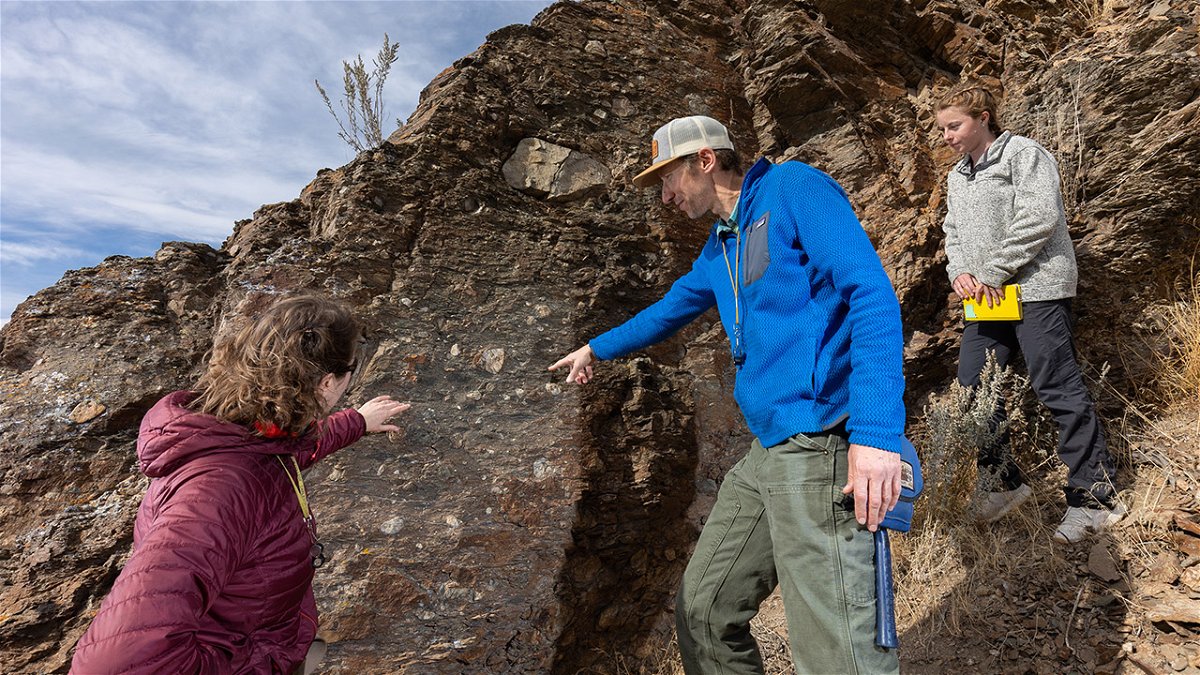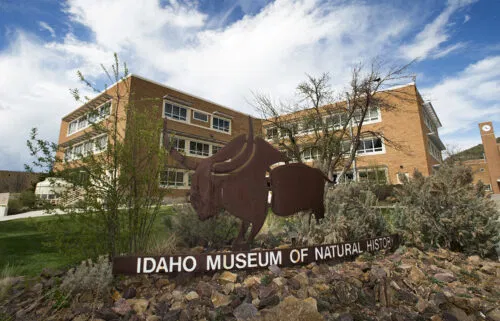ISU geologists awarded NSF grant to study 2 billion year gap in earth’s history

POCATELLO, Idaho (KIFI) – Two Idaho State University scientists and their students are tackling a research project that will tell us more about the greatest of gaps in our understanding of Earth’s geologic history.
Recently, Kendra Murray, assistant professor of geosciences, and Dave Pearson, associate professor of geosciences, and their collaborators at Montana State University and Columbia University were awarded roughly $800,000 from the National Science Foundation to study the geologic makeup of the rocks beneath the Great Unconformity. In geologic terms, unconformities are surfaces that separate rocks of two very different ages and are formed because no rocks are preserved from the time in between. The Great Unconformity can be found across the globe and represents a gap in the rock record of roughly 2 billion years.
“Here in the Northern Rockies, when you place your hand on the Great Unconformity in a place like Teton Canyon, you are touching billions of years of missing time — more than 40% of Earth's history,” Murray said. “For geologists, rock records like this correspond to profound gaps in our knowledge about Earth’s history. This project aims to fill parts of that gap in the ancient tectonic history of our region and help us better understand how this history contributed to shaping the modern Northern Rockies.”
Murray and Pearson will gather samples along the western edge of ancient North America, from rocks directly beneath Great Unconformity exposures in the Uinta Mountains in Utah, along the Idaho side of the Teton Range, and in southwestern Montana. Once they have their samples, the geologists will grind down the samples so small that the individual mineral crystals can be looked at using high-powered microscopes and selected for geochemical analysis. Specifically, the chemical makeup of the individual crystals will tell geologists when the rocks were deposited or eroded during the Great Unconformity’s formation.
“About 760 million years ago, the supercontinent Rodinia started to break apart into smaller continents,” Pearson said. “This continental breakup lasted over 200 million years and ended in the formation of an ancient ocean just to the west of our region. Even though most of the Northern Rockies were affected, most of the rock record has been eroded away, creating the Great Unconformity. Our research will help scientists understand what was happening before and during the formation of other significant unconformities, thus ‘filling gaps’ in our knowledge of Earth's history.”
The funding from the National Science Foundation will also support the research of five undergraduate and nine graduate students on the project, including six students at Idaho State.
“This project is an amazing opportunity to reveal a part of Earth’s geologic history that we don’t know much about,” said Anna Miller, a master’s student studying geology from Fishers, Indiana. “I look forward to working with everyone involved and seeing what we learn.”
The research team will also partner with the Idaho Museum of Natural History in Pocatello to create a mobile museum exhibit highlighting the ancient history of the mountain ranges in the study area. The mobile exhibit will visit museums serving rural Rocky Mountain communities.






